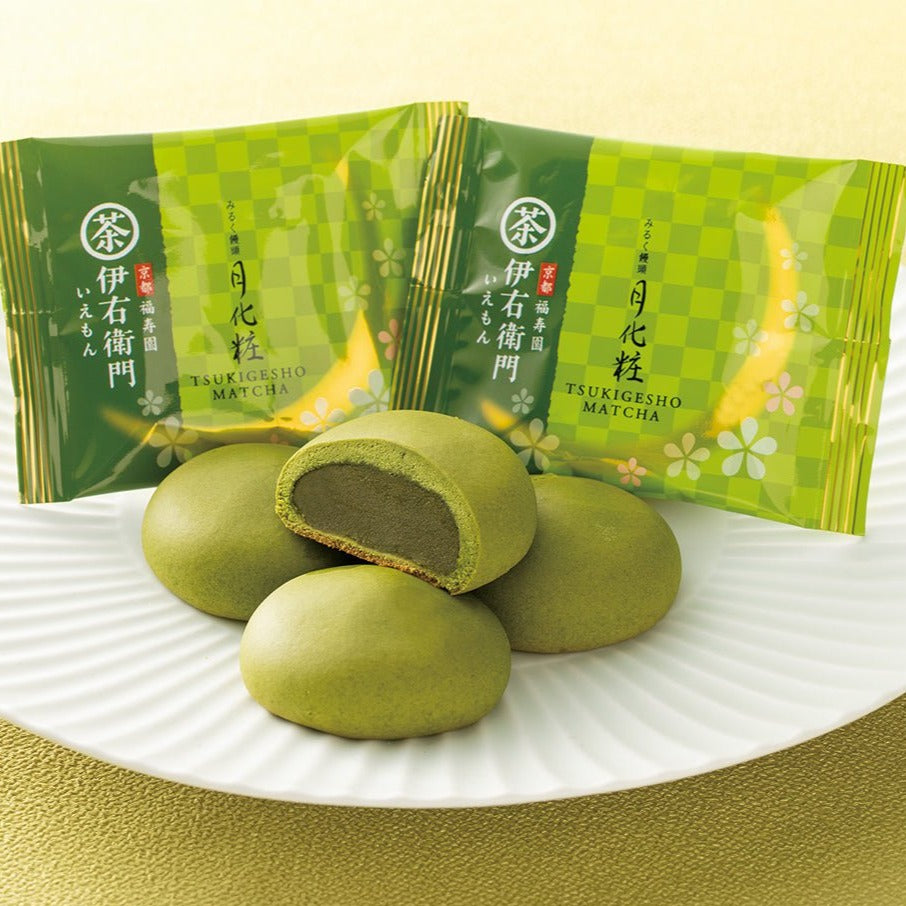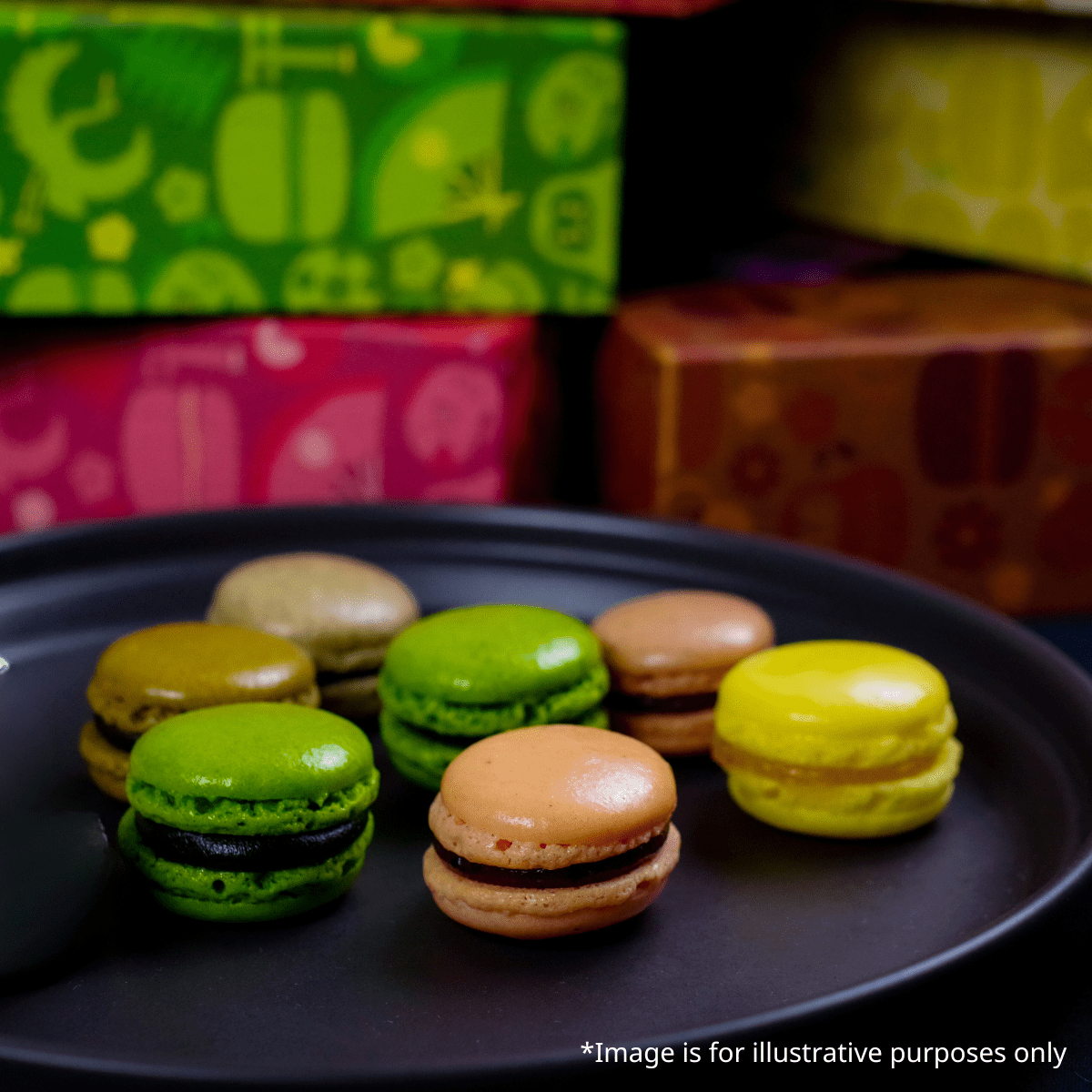Japanese green tea is a renowned drink for its exquisite flavour, health benefits and a history deeply rooted in Japanese culture. Perfect for tea lovers in Singapore, this article will help you navigate everything you need to know about Japanese green tea.
1.Characteristics of Japanese tea

The most distinctive feature of Japanese tea is its production process. Japanese tea is made by steaming the plucked tea leaves before drying them. As a result, Japanese tea has a bright green As a result, Japanese tea has a bright green colour and a refreshing aroma and taste.
2.History of Japanese tea

The history of Japanese tea dates back more than 1,000 years. Originally introduced from China, it has developed into a quintessential part of Japanese culture.
3.For easy and tasty Japanese tea
Kyoeiseicha Tea Bag Variety Pack (36packs)
Kyoeiseicha UJI Matcha Sweet Green Tea 150g
Kyoeiseicha Instant UJI Matcha Stick (30p)
4.Types of Japanese green tea

Discover the diverse world of Japanese green tea through five popular types:
Sencha: the most commonly drunk tea in Japan, with a refreshing taste.
Matcha: used in traditional tea ceremonies, matcha has a bright green colour and rich flavour.
Gyokuro: grown in shady areas, with a strong sweet and umami flavour.
Hojicha: characterised by a nutty, smoky flavour.
Genmaicha: a blend of green tea and roasted rice, known for its distinctive taste and aroma.
5.Health benefits of Japanese tea
The health benefits of Japanese tea include boosting metabolism, containing antioxidants, promoting relaxation and heart health. Whether you are looking for a detoxifying drink or a calming moment in your busy life, Japanese tea offers a host of physical and mental health benefits.
6.How to brew Japanese tea

Learn how to brew Japanese tea with our step-by-step guide. Find out the optimum water temperature, tea leaf to water ratio and steeping time to brew the Whether it's delicate gyokuro or robust sencha, here's how to get the most out of your tea.
Here's a simple explanation on how to brew delicious Japanese tea, taking sencha (a common type of green tea) as an example:
Points to note:
Adjust the water temperature and steeping time according to the type of tea and your personal preference. Brewing at a higher temperature for a shorter time can bring out more bitterness, while a lower temperature and longer steeping time can enhance sweetness and umami flavors.
Using a teapot helps the tea leaves to spread out and infuse better, enhancing the flavor of the tea. If you don't have a teapot, use a vessel that allows the tea leaves enough room to expand.
Following these basic steps will help you enjoy a delicious cup of Japanese tea. Feel free to adjust the water temperature and steeping time according to the specific type of tea and your taste preferences.
| # | Step | Description |
|---|---|---|
| 1 | Measure the Tea Leaves | Prepare about 2-3g (approximately half a tablespoon) of tea leaves per person. |
| 2 | Boil Water | Bring water to a boil and then let it cool to the appropriate temperature. For green tea, the ideal temperature is between 70°C to 80°C (158°F to 176°F). |
| 3 | Add Tea Leaves to the Teapot | Place the tea leaves into the teapot. Pour hot water slowly into the teapot. The amount of water should be about 150-200ml (around one cup) per serving. |
| 4 | Steep | Let the tea steep for about 30 seconds to one minute for green tea. Adjusting the steeping time allows you to modify the strength and flavor of the tea. |
| 5 | Serve the Tea | After the steeping time is complete, pour the tea into cups, making sure to evenly distribute it and pour out every last drop from the teapot. |
Its rich history, diversity and health benefits mean that there is something for every tea lover in Singapore. Embrace the art of tea drinking and let Japanese green tea enrich your everyday life.












![[Limited - Time Offer 5%OFF] Roasted JP Tea Gelato 160℃ (HOJICHA) - Tokyo Fresh Direct](http://tokyofreshdirect.com/cdn/shop/files/limited-time-offer-5off-roasted-jp-tea-gelato-160-hojicha-878265.png?v=1738059078&width=1200)

![[Limited - Time Offer 5%OFF] Roasted JP Tea Gelato 200℃ (HOJICHA) - Tokyo Fresh Direct](http://tokyofreshdirect.com/cdn/shop/files/limited-time-offer-5off-roasted-jp-tea-gelato-200-hojicha-199090.png?v=1738059078&width=1200)

![[Limited - Time Offer 5%OFF] Roasted JP Tea Gelato 80℃ (GYOKURO) - Tokyo Fresh Direct](http://tokyofreshdirect.com/cdn/shop/files/limited-time-offer-5off-roasted-jp-tea-gelato-80-gyokuro-531616.png?v=1738059078&width=1200)

![[Limited - Time Offer 5%OFF] Roasted JP Tea Gelato 0℃ (MATCHA) - Tokyo Fresh Direct](http://tokyofreshdirect.com/cdn/shop/files/limited-time-offer-5off-roasted-jp-tea-gelato-0-matcha-644354.png?v=1738059077&width=1200)

![[Limited - Time Offer 5%OFF] Roasted JP Tea Gelato 100℃ (SENCHA) - Tokyo Fresh Direct](http://tokyofreshdirect.com/cdn/shop/files/limited-time-offer-5off-roasted-jp-tea-gelato-100-sencha-679344.png?v=1738059077&width=1200)


















